As the entry price, horizon and risk appetite would be far different than yours.
Rather lets draw inspiration and try to learn his stock picking skills.
Now let's DIVE IN👇


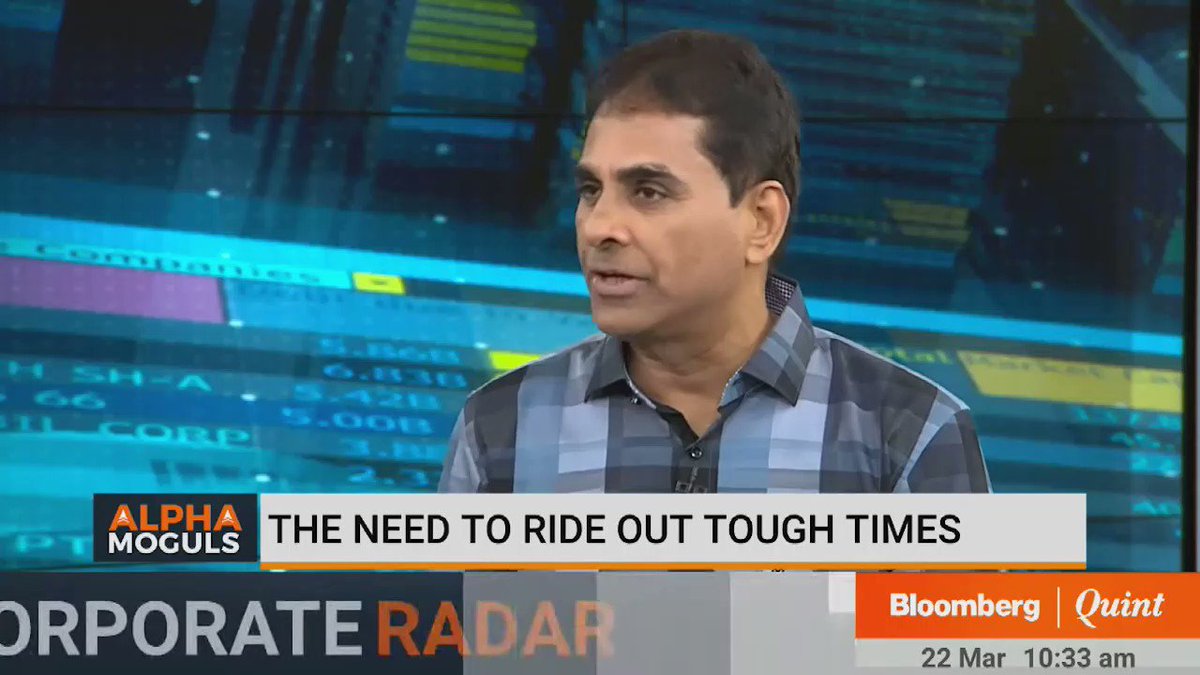
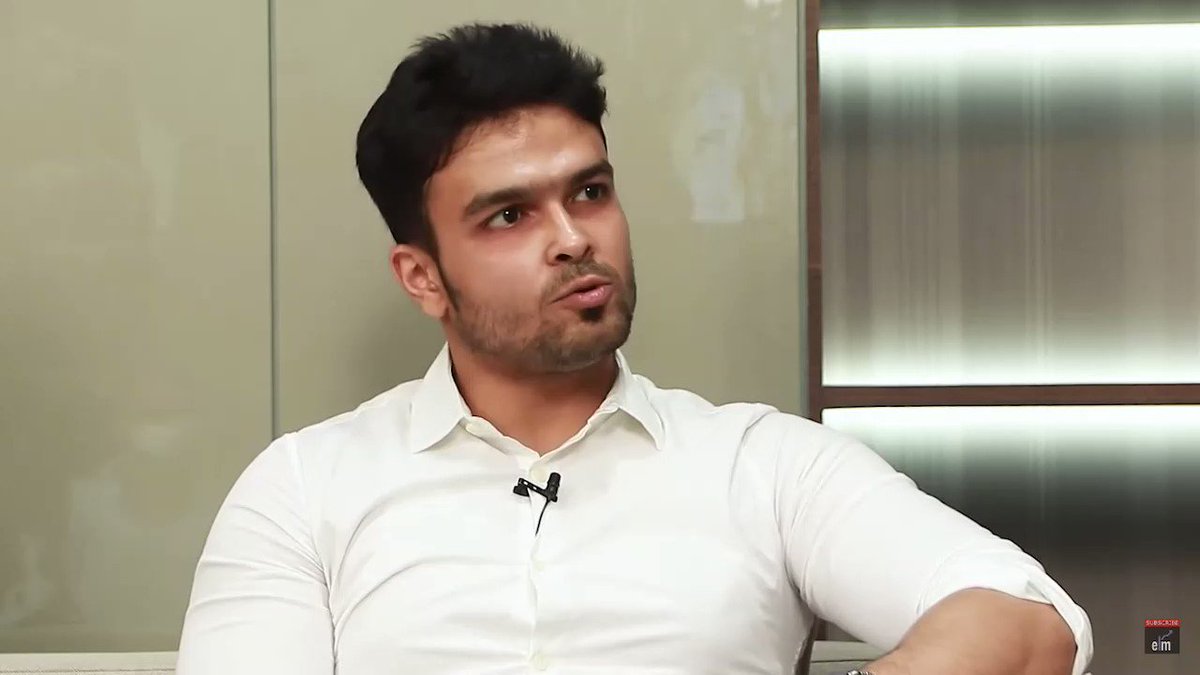


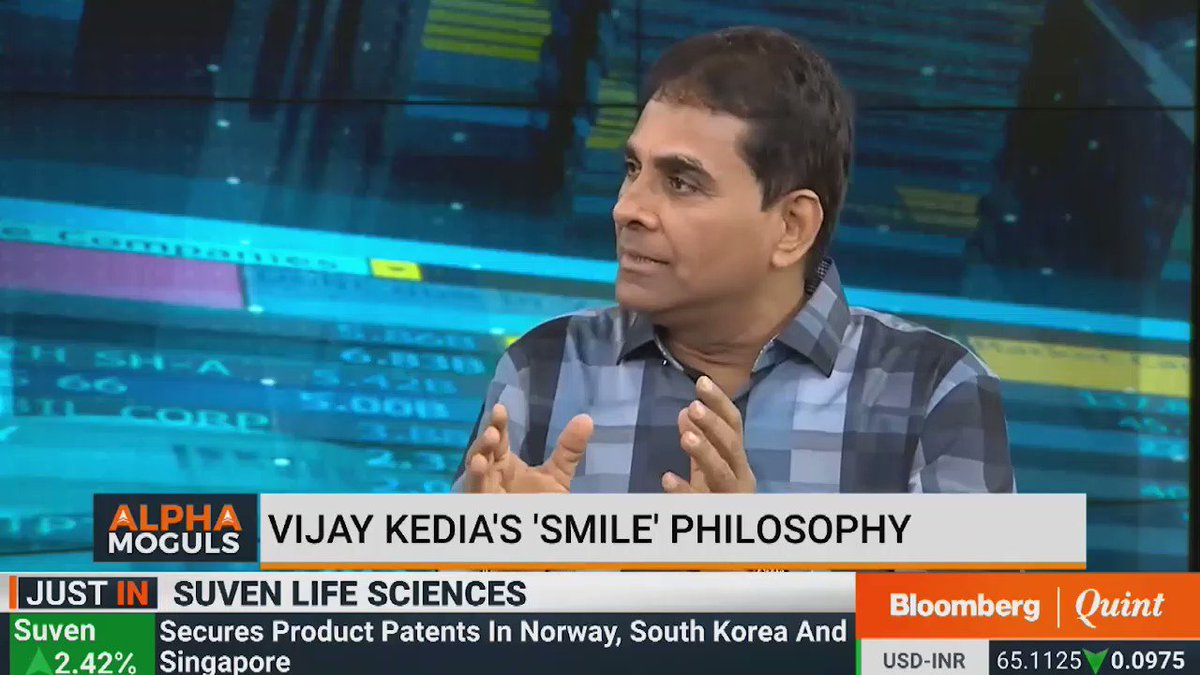
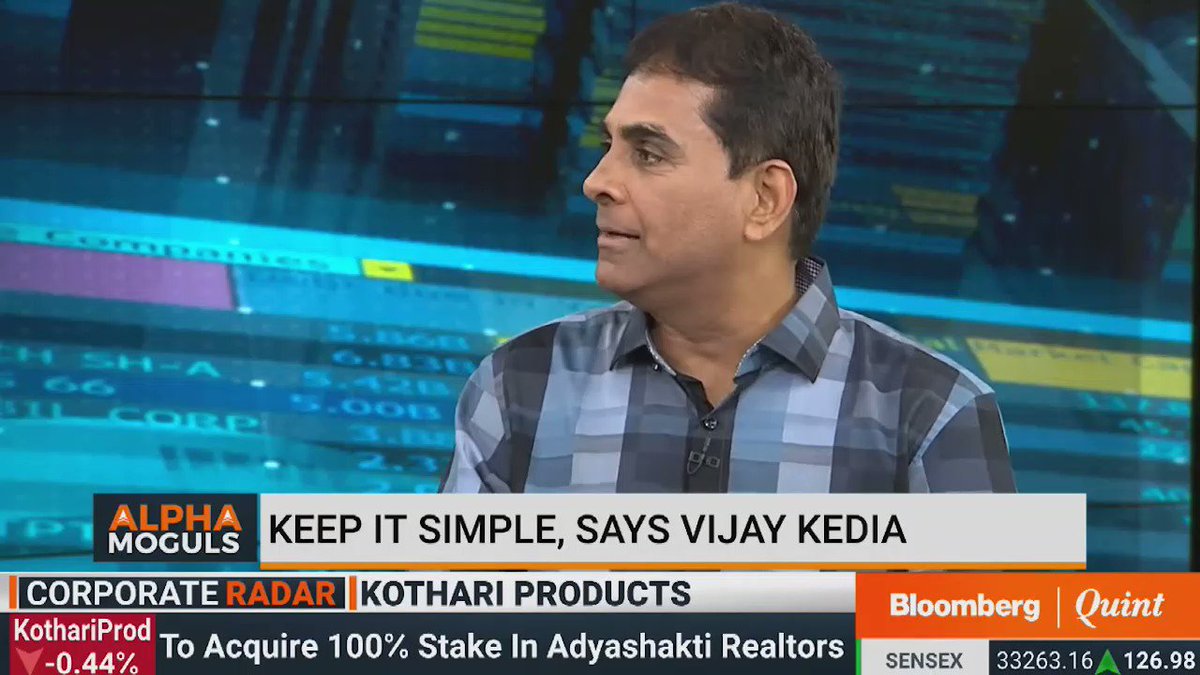
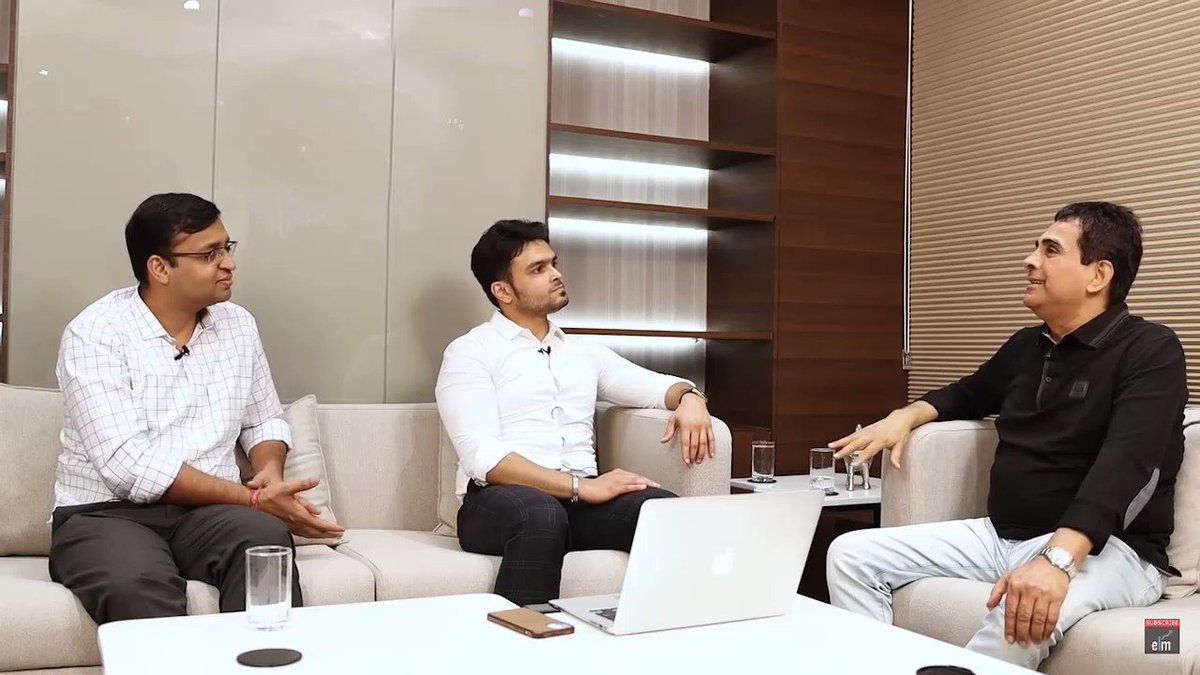
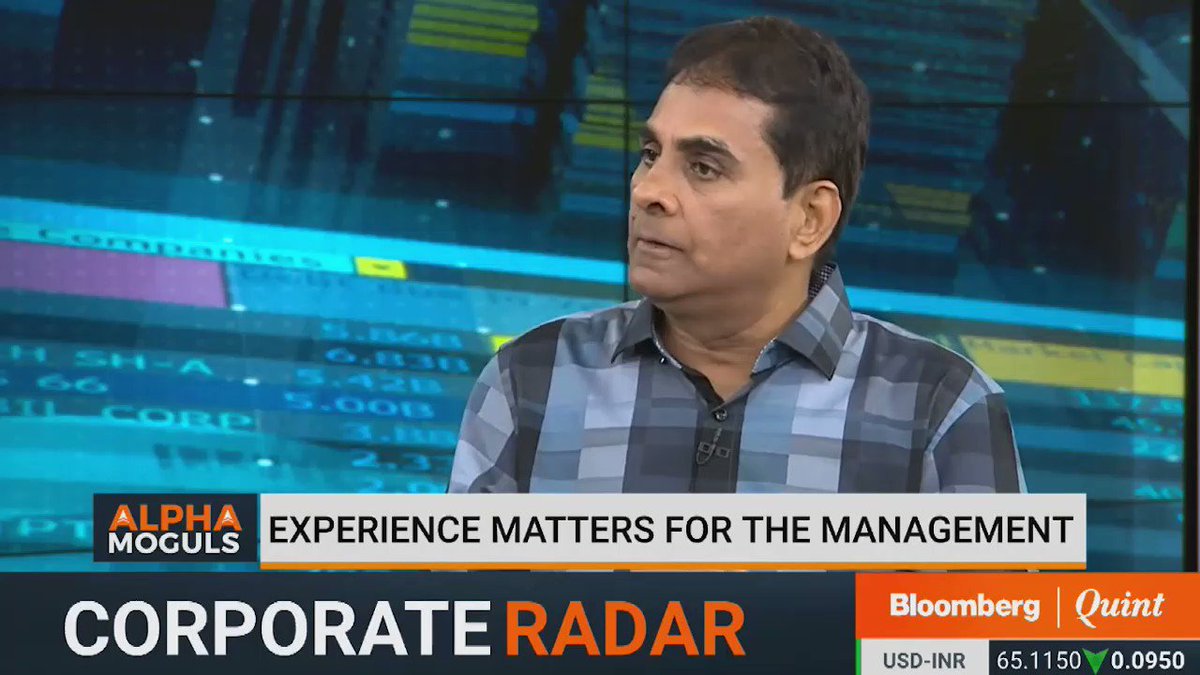
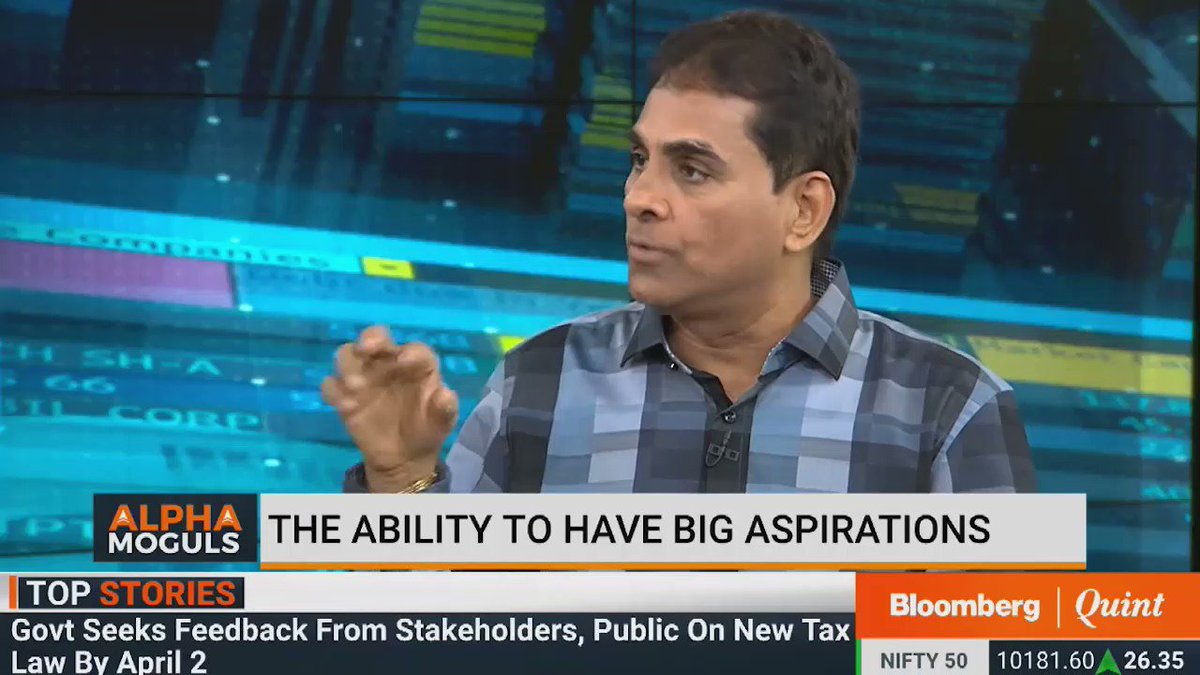
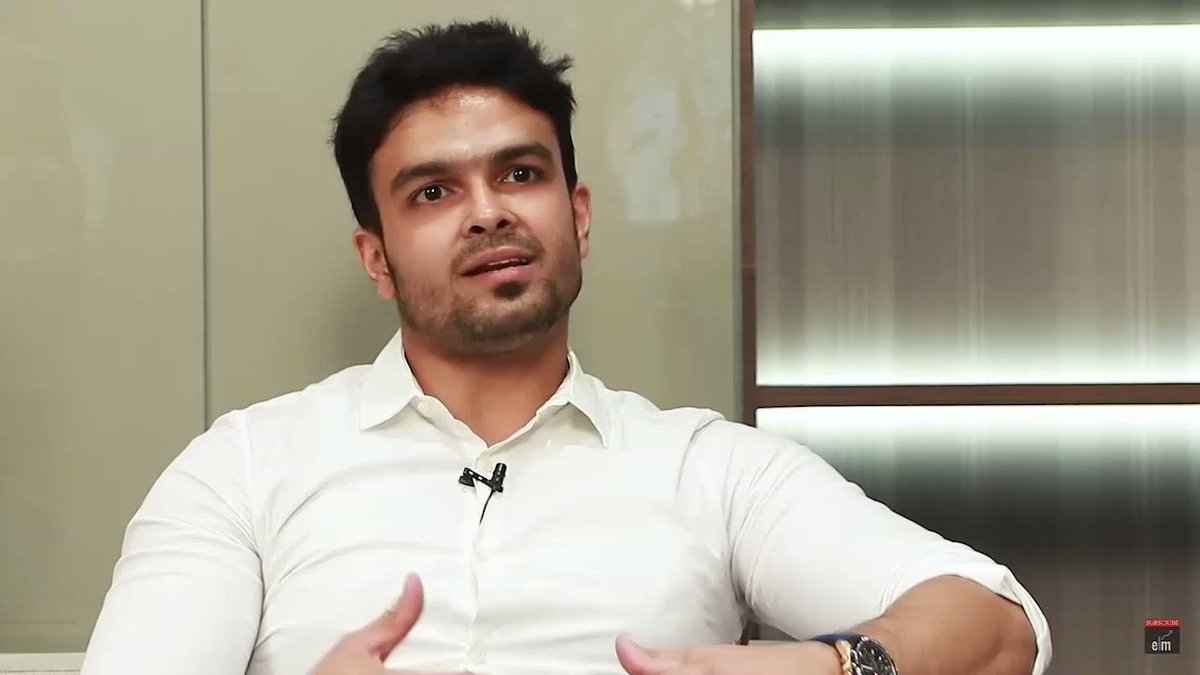
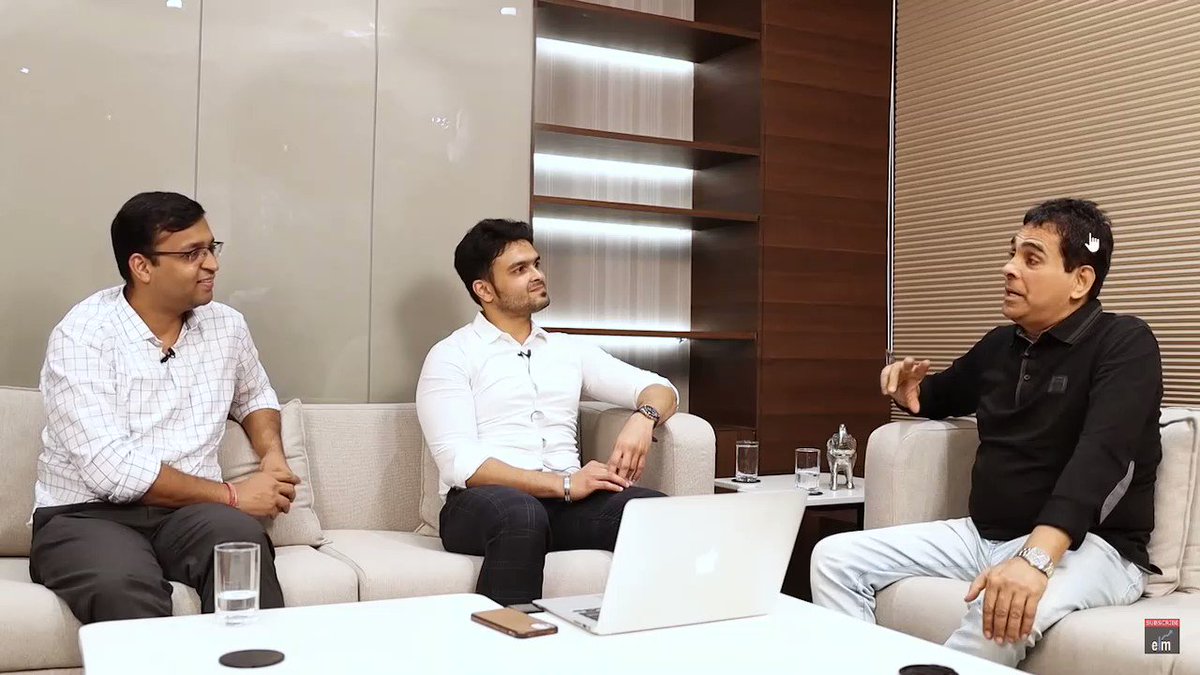
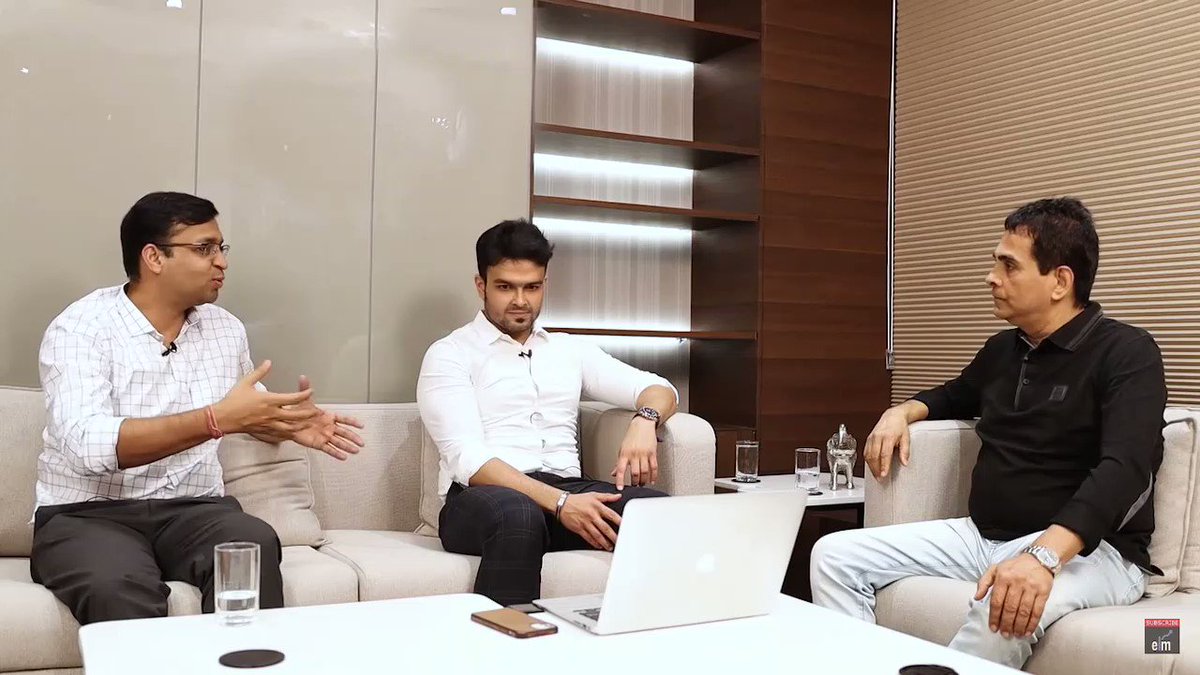
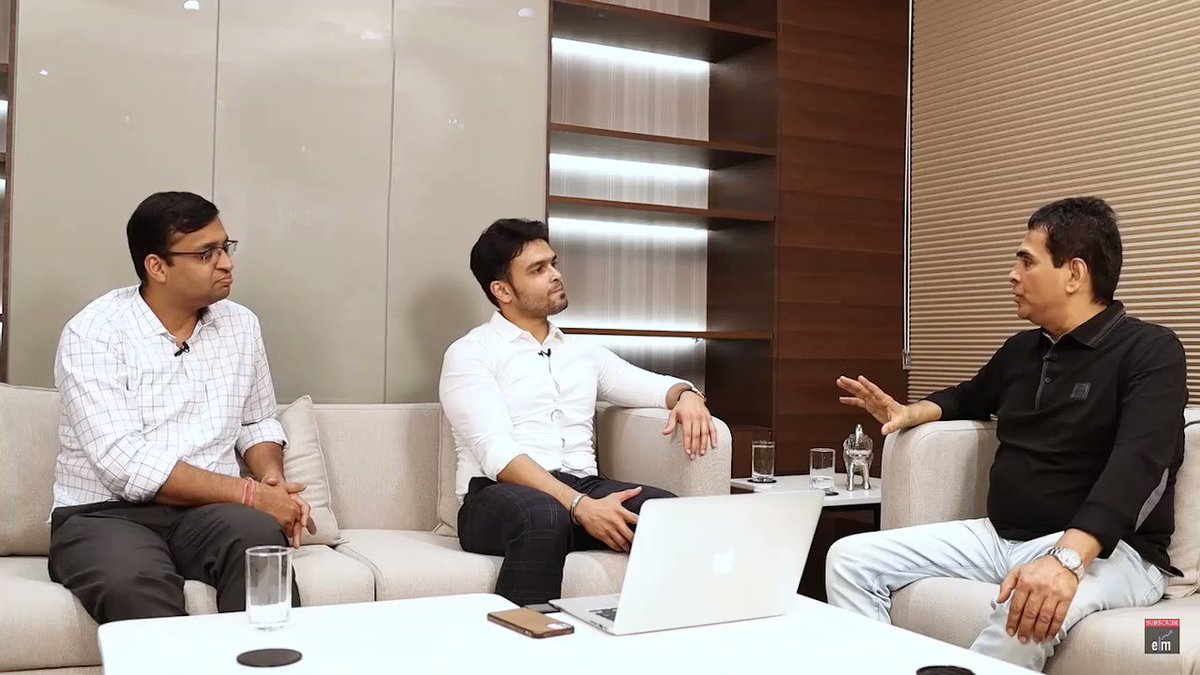

Mr. Radhakishan Damani (RKD) - 4th richest person in India
— Nikita Poojary (@niki_poojary) April 23, 2022
Networth of $1.95B or \u20b91,48,000CRS
THREAD: A journey from D-Street to D-Mart
Collaborated with @AdityaTodmal pic.twitter.com/tfi3YMhZMe
#BANKNIFTY
— Nikita Poojary (@niki_poojary) November 30, 2021
90degree upmove qualifies for abnormality, be cautious \U0001f6a8 pic.twitter.com/uyFCMpGOuR
In this thread, I'll walk you through my set up, absorb it as much as you can.
— itrade(DJ) (@ITRADE191) June 27, 2021
The instrument that I trade in are Nifty (NF) options
Thanks to @AdityaTodmal @niki_poojary for contributing in making this pic.twitter.com/BrMrGydb1v
Short Straddle is the highest payoff strategy in Option Selling.
— Aditya Todmal (@AdityaTodmal) November 5, 2022
However, it comes with huge risks as well.
You become good at managing Straddles with adjustments.
Here's a step-by-step breakdown on them:
Collaborated with @niki_poojary
\U0001f9f5
Things I know now that I wish I knew three years ago when I started trading.
— Nikita Poojary (@niki_poojary) November 5, 2022
Collaborated with @AdityaTodmal
\U0001f9f5
How to use a corporate account to lower taxes drastically
— Aditya Todmal (@AdityaTodmal) November 6, 2022
A comprehensive \U0001f9f5 :
Collaborated with @niki_poojary
10 most Powerful Intraday Setups with Screeners: \U0001f9f5
— Nikita Poojary (@niki_poojary) November 8, 2022
Collaborated with @AdityaTodmal
i wonder if you can make a thread bout witchcraft in malaysia.. or list of our own local gods/deites..
— r a y a \U0001f319 (@lcvelylilith) February 20, 2020
Animist ceremonies of a religious or magical nature were normally held for the purpose of divination or making a request. This would either be done at a keramat or at a shrine similar to the Thai spirit houses or Chinese roadside shrines pic.twitter.com/I1hliyi0x3
— \u2745\u1710\u170b\u1713\u170e (@uglyluhan) June 16, 2019